Gene Targeting
On Thursday the 6th of April at 5.00 pm in the main lecture theatre of the University Mario Capecchi will deliver the 4th Marco Fraccaro Lecture entitled Gene Targeting in the 21st Centrury.
Mario Capecchi made fundamental contributions to Genetics by developing methods for selecting embryonic stem cells carrying targeted gene mutations and was awarded a share of the 2007 Nobel Prize for Physiology or Medicine for his contributions to genetics. The Marco Fraccaro lecture, named after the late Marco Fraccaro, Professor of Medical Genetics at Pavia for over three decades and a pioneer in the study of human chromosomes and chromosomal abnormalities. The lecture is organised annually by Collegio Volta and Colegio Cairoli. The poster of the seminar can be downloaded here. All College students are invited to attend.
Image: a chimaeric mouse. Courtesy of the Mouse Genetics Programme of the Sanger Institute (Hinxton, UK).
Gene Targeting in the 21st Century. Mouse Models of Human Disease.
6th April 2017.
Mario Capecchi, University of Utah, Salt Lake City
The 4th Marco Fraccaro lecture, organised jointly by Collegio Volta and Collegio Cairoli will be given by Mario Capecchi of the University of Utah. The lecture will take place in the main University Lecture theatre (Aula Magna dell' Università) at 5.00 pm on the 6th of April. The lecture is named after the late Marco Fraccaro, Professor of Medical Genetics at Pavia for over three decades and a pioneer in the study of human chromosomes and chromosomal abnormalities and is organised annually by Collegio Volta and Colegio Cairoli. The 2016/17 lecture will focus on gene targeting, an area of genetic research to which Mario Capecchi has made outstanding contributions that culminated in the award of the Nobel Prize for Physiology or Medicine in 2007. The poster of the lecture can be downloaded here.
Lecture Synopsis.
To date, gene targeting has been used primarily to disrupt genes, producing so called knockout mice. However gene targeting can be used to alter the sequences of a chosen genetic locus in the mouse in any conceivable manner, thus providing a very general means for editing the mouse genome. It can be used to generate gain-of-function mutations or partial loss-of-function mu- tations. Gene targeting can also be used to restrict the loss of function of a chosen gene to particular tissues, yielding so-called conditional mutations. This is most commonly achieved by combining exogenous (nonmammalian) site-specific recombination systems, such as those derived from bacteriophages or yeast (i.e. Cre/loxP or Flp/FRT respectively), with gene targeting, to mediate excision of a gene only where the appropriate recombinase is produced. By control of where Cre- or Flp-recombinase is expressed, for example in the liver, a gene, flanked by loxP or FRT recognition sequences, respectively, can be excised in the desired tissue (e.g. liver) tempo- ral control of gene function has also been achieved by making the production of the functional recombinase dependent upon the administration of small molecules or even on physical stimuli, such as light. Such conditional mutagenesis has been very effective for more accurate modelingof human cancers, which are often restricted to particular tissues and even to specific cells within those tissue as well as being initiated post birth. Inhuman cancers, the interactions between the host tissues and the malignant cells are often critical to its initiation and progression. Thus, inclusion of these interactions in the mouse model also becomes critical if the mouse model is to accurately recapitulate the human malignancy. Gene targeting is an evolving technology and we can anticipate further extensions to its repertoire. To date it has been used primarily to perturb the function of one gene at a time. We can anticipate development of efficient multiplexing sys- tems that will allow simultaneous conditional or non-conditional modulation of multiple genes. We can also anticipate improvements in exogenous reporter genes with parallel improvements in their detection, particularly with respect to capture times, resolution improvements will undoubt- edly be necessary if this technology is to make significant inroads in addressing truly complex biological questions, such as the molecular mechanisms underlying higher cognitive functions in mammals.
Biographical Sketch.
M Capecchi was born in Verona (Italy) in 1937. He graduated in Chemistry and Physics at the Antioch College in Ohio and completed a PhD in Biophysics at Harvard in 1967. He was an Associate Professor at Harvard until 1973 when he move to the University of Utah to take up the position of Professor of Biology, Cancer Science and Human Genetics. He was awarded the Kyoto Prize in 1996, the Franklin Medal in 1997, the National Science Medal in 2001 and Wolf Prize in 2002. He shared the 2007 Nobel Prize for Physiology or Medicine with Oliver Smithies and Martin Evans.
Selected publications
[1] M Capecchi. Gene targeting. Nobel Lecture (2007)
Blood Platelets
On Monday the 10th of April 2017 at 4.00 pm College will host two interesting seminars on blood platelets organised by A Balduini of the Department of Molecular Medicine (Pavia).
The first of them entitled Making platelets in vitro: an environmental question and making it count will be delivered by Cedric Ghevaert of the Wellcome Trust - MRC, Cambridge Stem Cell Institute, UK and will discuss progress toward production of human platelets in the laboratory from stem/progenitor cells. Further details about C Ghevaert's seminar can be found on the dedicated seminar page. The poster of the seminar can be downloaded here.
The second seminar, entitled From ChIP-Seq to a role for Tropomyosin-4 in platelet biogenesis will be given by Marloes Tijssen of the Department of Haematology University of Cambridge, UK and will address the role of this molecule in platelet formation. Further details about M Tihissen's seminar can be found on the dedicated seminar page. The poster of the seminar can be downloaded here.
All College students are invited to attend.
Image: scanning electron micrograph of human platelets. Courtesy of Louise Howard, Dartmouth College (Hanover, New Hampshire, USA).
From ChIP-Seq to a Role for Tropomyosin-4 in Platelet Biogenesis
10th April 2017.
Marloes Tijssen, Department of Haematology, University of Cambridge
Abstract
Platelets are anuclear cells that are essential for blood clotting. They are produced by large polyploid precursor cells called megakaryocytes. Previous genome-wide association studies in nearly 70,000 individuals indicated that single nucleotide variants (SNVs) in the gene encoding the actin cytoskeletal regulator tropomyosin 4 (TPM4) exert an effect on the count and volume of platelets. Platelet number and volume are independent risk factors for heart attack and stroke. We have identified 2 unrelated families in the BRIDGE Bleeding and Platelet Disorders (BPD) collection who carry a TPM4 variant that causes truncation of the TPM4 protein and segregates with macrothrombocytopenia, a disorder characterized by low platelet count. N-Ethyl-N-nitrosourea-induced (ENU-induced) missense mutations in Tpm4 or targeted inactivation of the Tpm4 locus led to gene dosage-dependent macrothrombocytopenia in mice. All other blood cell counts in Tpm4-deficient mice were normal. Insufficient TPM4 expression in human and mouse megakaryocytes resulted in a defect in the terminal stages of platelet production and had a mild effect on platelet function. Together, our findings demonstrate a nonredundant role for TPM4 in platelet biogenesis in humans and mice and reveal that truncating variants in TPM4 cause a previously undescribed dominant Mendelian platelet disorder.
Biography
Dr Marloes Tijssen is a Research Scientist – Programme Leader at the University of Cambridge. Dr Tijssen graduated from the VU University Amsterdam with an MSc in ‘Medical biology’ and completed her PhD studies at Sanquin Research/University of Amsterdam. In 2008 she moved to the Department of Haematology at the University of Cambridge and secured a prestigious Rubicon Fellowship from the Dutch government and a Marie Curie Intra European Fellowship. In the laboratory of Prof Göttgens she generated a genome-wide catalogue of transcription factor binding in megakaryocytes, the precursors of platelets, leading to the discovery of novel regulators of megakaryopoiesis. She was awarded a European Hematology Fellowship and a British Heart Foundation project grant to further characterise these novel regulators, including Tropomyosin 4 (TPM4). In collaboration with the BRIDGE consortium and Prof Ouwehand’s group they have shown that a mutation in TPM4 causes macrothrombocytopenia.
References
[1] Pleines I, Woods J, Chappaz S, Kew V, Foad N, Ballester-Beltrán J, Aurbach K, Lincetto C, Lane RM, Schevzov G, Alexander WS, Hilton DJ, Astle WJ, Downes K, Nurden P, Westbury SK, Mumford AD, Obaji SG, Collins PW, Delerue F, Ittner LM, Bryce NS, Holliday M, Lucas CA, Hardeman EC, Ouwehand WH, Gunning PW, Turro E, Tijssen MR, Kile BT. Mutations in tropomyosin 4 underlie a rare form of human macrothrombocytopenia. J Clin Invest. 2017 Mar 1;127(3):814-829.
[2] Tijssen MR, Cvejic A, Joshi A, Hannah RL, Ferreira R, Forrai A, Bellissimo DC, Oram SH, Smethurst PA, Wilson NK, Wang X, Ottersbach K, Stemple DL, Green AR, Ouwehand WH, Göttgens B. Genome-wide analysis of simultaneous GATA1/2, RUNX1, FLI1, and SCL binding in megakaryocytes identifies hematopoietic regulators. Dev Cell. 2011 May 17;20(5):597-609.
Image: Red blood cells entangled by fibrin. Courtesy of Science Photo Library.
All College students are warmly encouraged to participate. The poster of the seminar can be downloaded here.
Making Platelets in vitro: an environmental question and making it count.
10th April 2017.
Cédric Ghevaert, Wellcome Trust - MRC Stem Cell Institute, Cambridge
Abstract
The production of megakaryocytes (MKs)--the precursors of blood platelets--from human pluripotent stem cells (hPSCs) offers exciting clinical opportunities for transfusion medicine. Here we describe an original approach for the large-scale generation of MKs in chemically defined conditions using a forward programming strategy relying on the concurrent exogenous expression of three transcription factors: GATA1, FLI1 and TAL1. The forward programmed MKs proliferate and differentiate in culture for several months with MK purity over 90% reaching up to 2 × 10(5) mature MKs per input hPSC. Functional platelets are generated throughout the culture allowing the prospective collection of several transfusion units from as few as 1 million starting hPSCs. The high cell purity and yield achieved by MK forward programming, combined with efficient cryopreservation and good manufacturing practice (GMP)-compatible culture, make this approach eminently suitable to both in vitro production of platelets for transfusion and basic research in MK and platelet biology.
Biography
After completing his MD at the Universite Libre de Bruxelles (which also included a whole year studying at the University of Bristol, UK) in 1997, Dr Ghevaert started his career training in Internal Medicine in the United Kingdom and became a member of the Royal College of Physicians in 2000. He went on to specialize in Haematology (completing his training in 2005). His intention was always to have an academic career and he therefore started a PhD at the University of Cambridge. He completed his PhD in 2008 and moved on as a post-doctoral clinical fellow to Prof Steve Watson laboratory at the University of Birmingham where he obtained a personal Intermediate Clinical Fellowship from the British Heart Foundation. This programme of research allowed him to further his knowledge of platelet and megakaryocyte biology. In 2010 he obtained a tenure post as Senior Lecturer in Transfusion Medicine in the Department of Haematology at the University of Cambridge where he now runs a research group with a special interest in two main fields of research: 1. production in vitro of blood cells for transfusion in humans using pluripotent stem cells technologies and 2. in vitro modelling of inherited platelet disorders. His research is supported by various funding bodies including NHS Blood and Transplant, the British Heart Foundation, National Institute for Health and Research.
References
[1] Moreau T, Evans AL, Vasquez L, Tijssen MR, Yan Y, Trotter MW, Howard D, Colzani M, Arumugam M, Wu WH, Dalby A, Lampela R, Bouet G, Hobbs CM, Pask DC, Payne H, Ponomaryov T, Brill A, Soranzo N, Ouwehand WH, Pedersen RA, Ghevaert C. Large-scale production of megakaryocytes from human pluripotent stem cells by chemically defined forward programming. Nat Commun. 2016 Apr 7;7:11208.
[2] Guerrero JA, Bennett C, van der Weyden L, McKinney H, Chin M, Nurden P, McIntyre Z, Cambridge EL, Estabel J, Wardle-Jones H, Speak AO, Erber WN, Rendon A, Ouwehand WH, Ghevaert C. Gray platelet syndrome: proinflammatory megakaryocytes and α-granule loss cause myelofibrosis and confer metastasis resistance in mice. Blood. 2014 Dec 4;124(24):3624-35.
Image: A drawing by G Bizzozero describing a platelet rich thrombus. Giulio Bizzozero, although not the first to observe 'blood corpuscles' later known as platelets, was the scientist who defined their role in coagulation adn thrombosis. Original reference: G Bizzozero. Ueber einen neuen Forrnbestandteil des Blutes und dessen Rolle bei der Thrombose
und Blutgerinnung. Archiv fur pathologische Anatomie und Physiologie und fur klinische Medicin 90: 261–332 (1882)
All College students are warmly encouraged to participate. The poster of the seminar can be downloaded here.
A Life Passion for Vaccines
Mariagrazia Pizza, an Italian scientist working at the GSK Vaccines in Siena will give a teaching seminar on Tuesday the 21st of March 2017 entitled A Life Passion for Vaccines. How the Caccines for Pertussis and Meningitis were developed. The seminar will cover recent progress and remaining challenges in the field of vaccine development, a topic of major interest for all College students in Biology, Biotechnology, Pharmaceutical Sciences and Medicine.
All College students are invited to attend. Further details about M Pizza's seminar can be found on the dedicated seminar page. The poster of the seminar can be downloaded here. The seminar is organised jointly with the Department of Molecular Medicine.
A Life Passion for Vaccines. How the Vaccines for Pertussis and Meningitis Were Developed.
21th March 2017.
Mariagrazia Pizza, GSK Vaccines, Siena
Abstract
Since the beginning of human evolution, approximately 3 million years ago to the mid 1700’s, life expectancy has been between 25 and 35 years. Today is more than 80 years. One of the major contributors in the increase in life expectancy has been the use of vaccines in preventing infectious diseases. However, most of the vaccines available today, although very effective, have been developed at the end of last century using conventional technologies. The vaccinology field is evolving very rapidly, with the modern technologies providing alternative ways in designing improved vaccines or novel vaccines against infections for which preventive measures do not exist. Today is possible to identify new antigens directly from the genome (Reverse Vaccinology), and apply a structure-based design to deliver more stable and more immunogenic antigens (Structural Vaccinology). The Reverse Vaccinology approach has been instrumental for the development of a new vaccine against Neisseria meningitidis serogroup B, a bacterium causing a devastating disease characterized by meningitis and sepsis.
Biography
Mariagrazia Pizza was educated as a pharmaceutical chemist at the University of Naples, Italy. After a fellowship at the EMBL laboratories in Heidelberg, Germany, she moved to Siena, Italy, where she stayed ever since as a scientist and Project leader, responsible for many bacterial projects. During this period, she has contributed to the discovery and licensure of two innovative bacterial vaccines, against pertussis and meningococcus B. She is currently a Discovery Project Leader at the Research and Development Centre of GSK Vaccines, in Siena. During her career, she received many scientific awards. She is co-author of over 180 publications in International peer-reviewed journals and over 150 patents.
All College students are warmly encouraged to participate. The poster of the seminar can be downloaded here.
Image: Scanning electron micrograph of N meninigitidis, a bacterium causing meninigitis.
Genome Editing: Promise and Perils
The first seminar of a series on Genome Editing will be given by John Parrington of the University of Oxford on Monday the 13th of March at 6.00 pm in the College lecture theatre. The seminar is entitled Genome Editing: its Promise for Society and Some Perils. The title encapsulates well the rational hope that these major scientific developments hold for mankind as well as the need for discussion within society concerning access and tregulation to the unprecedented capability of our species to manipulate its genome.
All College students are invited to attend this and the other seminars of this important series. Further details about J Parrington's seminar can be found on the dedicated seminar page. The poster of the seminar can be downloaded here. The seminar series on Genome Editing is organised jointly with the Department of Molecular Medicine and the Fondazione Adriano Buzzati-Traverso.
Genome Editing: its Promise for Society and Some Potential Perils
13th March 2017.
John Parrington University of Oxford
Abstract
Since the birth of civilisation, human beings have manipulated other life-forms. The ability to directly engineer the genomes of organisms first became possible in the 1970s, when the gene for human insulin was introduced into bacteria to produce this protein for diabetics. At the same time, mice were modified to produce human growth hormone, and grew huge as a result. But these were only our first tottering steps into the possibilities of genetic engineering. In the past few years, the pace of progress has accelerated enormously. We can now cut and paste genes using molecular scissors with astonishing ease, and the new technology of genome editing can be applied to practically any species of plants or animals. These new technologies hold much promise for improving lives. Genome editing may soon be used to treat rare genetic disorders, but also diseases like AIDS, by genetically modifying patients’ white blood cells to be resistant to HIV. In agriculture, genome editing could be used to engineer species with increased food output, and the ability to thrive in challenging climates. But these powerful new techniques also raise important ethical dilemmas and potential dangers, pressing issues that are already upon us given the speed of scientific developments.
To what extent should parents be able to manipulate the genetics of their offspring - and would designer babies be limited to the rich? Can we effectively weigh up the risks from introducing synthetic lifeforms into complex ecosystems? John Parrington explains the nature and possibilities of these new scientific developments, which could usher in a brave, new world. We must rapidly come to understand its implications if we are to direct its huge potential to the good of humanity and the planet.
Biography
John Parrington is an Associate Professor in Molecular and Cellular Pharmacology at the University of Oxford, and a Tutorial Fellow in Medicine at Worcester College, Oxford. He has published over 90 peer-reviewed articles in science journals including Nature, Current Biology, Journal of Cell Biology, Journal of Clinical Investigation, The EMBO Journal, Development, Developmental Biology, and Human Reproduction. He has extensive experience writing popular science, having published articles in The Guardian, New Scientist, Chemistry World, and The Biologist. He has also written science reports for the Wellcome Trust, British Council, and Royal Society. He is the author of The Deeper Genome, (Oxford University Press, 2015) and Redesigning Life (Oxford University Press, 2016).
All College students are warmly encouraged to participate. The poster of the seminar can be downloaded here.
Research Assessment in the UK
The fourth seminar of the College series on Research Assessment will be given by Steven Hill on Monday the 6th of March at 6.00 pm in the College lecture theatre. Steven Hill is Head of Research Policy at the Higher Education Funding Council for England. At HEFCE Steven is responsible for research funding and assessment, open research, public engagement and impact. He also chairs the Committee overseing the next UK Research Assessment Exercise that will take place in 2021.
All College students are invited to attend this and the other seminars of this important series. Further details about S Hill's seminar can be found on the dedicated seminar page. The poster of the seminar can be downloaded here. The poster of the seminar series can be downloaded here. The seminar will be streamed at: http://smarturl.it/CollegioVoltaStream
Image: A portrait of British scientist Isaac Newton.
More...
Evolution of Research Assessment in the UK
6th March 2017.
Steven Hill, Higher Education Funding Council for England
Abstract
Periodic national research assessments of universities have been a feature of the United Kingdom's research policy landscape for more than 3 decades. In this talk I will chart the development and evolution of the approaches to research assessment, focusing on debates about the role of peer review and metrics, and examining the introduction of societal impact assessment in the most recent exercise, the Research Excellence Framework 2014 (REF2014). Finally, I will outline the plans for the next exercise, REF2021, and the current areas of debate and discussion.
Biography
Steven Hill is Head of Research Policy at the Higher Education Funding Council for England. At HEFCE Steven is responsible for research funding and assessment, open research, public engagement and impact. He is the chair of the steering group for the 2021 Research Excellence Framework, that is currently under development. Prior to joining HEFCE Steven was Head of the Strategy Unit at Research Councils UK, and had several roles in the Department for Environment, Food and Rural Affairs, working on evidence-based policy making. Earlier in his career Steven was a university lecturer at the University of Oxford where his research focused on plant biology.
All College students are warmly encouraged to participate. The poster of the seminar can be downloaded here.
Image: A portrait of English natural scientist C Darwin.
How to Succeed at University
5th October 2016.
Bob Smale and Julie Fowlie, Brighton University
The authors of the highly acclaimed and successful book How to Succeed at University will present the book to College students at 5.00 pm on October 5th in the College lecture thatre. B Smale and J Fowlie will highlight the key factors that enable a University student to achieve his/her full potential at University and in later life. The book, now its 2nd edition, has been read and put to use by a number of University students in the UK and other countries since the 1st edition was released in 2009. Collegio Volta is particularly interested in introducing personal development plans and this is one of several areas in which B Smale and J Fowlie's book will provide significant guidance.
All College students are warmly encouraged to participate. The poster of the seminar can be downloaded here. A synopsis of the talk can be downloaded here.
Image: students attending a degree ceremony t the University of Pavia (2nd July 2016).
Admission to Medical Schools
30th June 2015.
Andy Chamberlain, Cambridge Assessment.
On June 30th Andy Chamberlain of Camridge Assesment will give a seminar on Admission Tests for Medicine fit for the Future. The seminar will discuss several of the tests in common use (BMAT, IMAT, etc) and the evolution of these tests in order to improve performance and ensure that the best students are admitted, The poster of the seminar can be downloaded here. All medical students are encouraged to attend.
Image: Cardiff University
Making molecular tools out of DNA
15th February 2017.
Björn Högberg, Karolinska Institute, Stockholm.
The 3rd College C Milstein lecture and the Annual lecture of the Department of Molecular Medicine will be presented at the 2017 Life Science Symposium on February 15th by Björn Högberg a scientist at the Karolinsla Institute (Stockholm) and is entitled Building Molecular Tools out of DNA. The poster of the lecture can be downloaded here.
Lecture Synopsis. DNA is not only a carrier of genetic information but also an excellent building material for nanoscale engineering. I will present our recent work on ‘3D-printing’ DNA origami, a method that allows full computer aided design and provides a way to make DNA origami nanostructures more accessible to experiments in physiological conditions. The last part is important, because not only are DNA origami structures cool in themselves, they can help us learn important lessons about how biology works on the nanoscale. In my talk I will go through how we use these nanostructures to look at cell-cell signaling and how nanoscale clustering of ligands affects receptor signaling. I will show you how these DNA origami techniques are currently forming the basis for what might possibly become a new era of precise spatial control in biology.
Biographical Sketch.. Björn Högberg is an Associate professor of nanomedicine at the Medical Biochemistry and Biophysics Department at the Karolinska Institute. He got his PhD in physics from Mid Sweden University in 2007 and did his post-doc at the Harvard Mecial School in Boston the following years. Since late 2010 he has been leading a research group at the Karolinska in Stockholm. He is a leader in the field of DNA nanotechnology and in particular their biological research applications. Since starting his own lab he has consistently published with high impact and was recently awarded with several prestigious grants including a Knut and Alice Wallenberg Foundation Academy Fellows and an ERC consolidator.
Selected publications
[1] Benson E, Mohammed A, Gardell J, Masich S, Czeizler E, Orponen P and Högberg B, DNA rendering of polyhedral meshes at the nanoscale, Nature, 523 p. 441 (2015)
[2] Shaw A, Lundin V, Petrova E, Fördős F, Benson E, Al-Amin A, Herland A, Blokzijl A, Högberg B* and Teixeira A*, Spatial control of membrane receptor function using ligand nanocalipers, Nature Meth, 11 p. 841 (2014) [3] Ducani C, Kaul C, Moche M, Shih WM and Högberg B, Enzymatic production of ‘monoclonal stoichiometric’ single-stranded DNA oligonucleotides, Nature Meth, 10, p. 647 (2013)
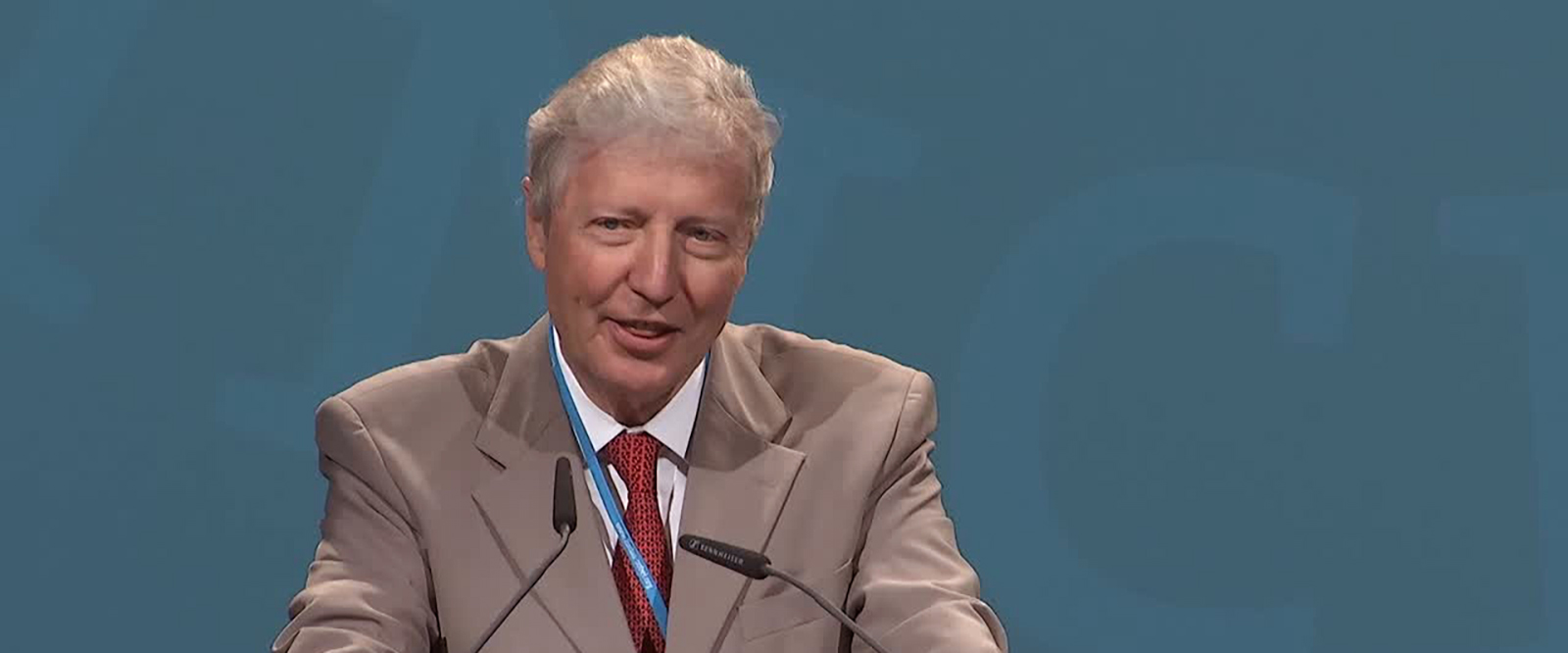
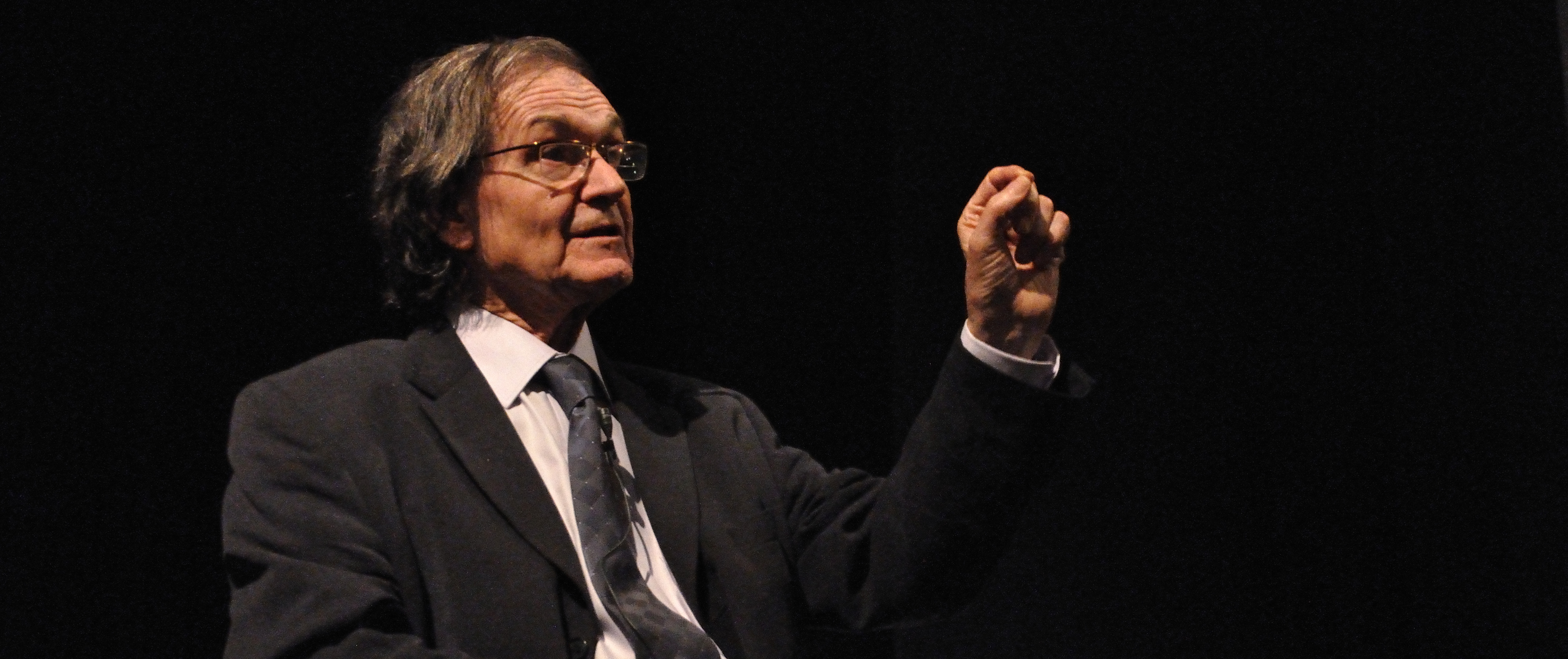
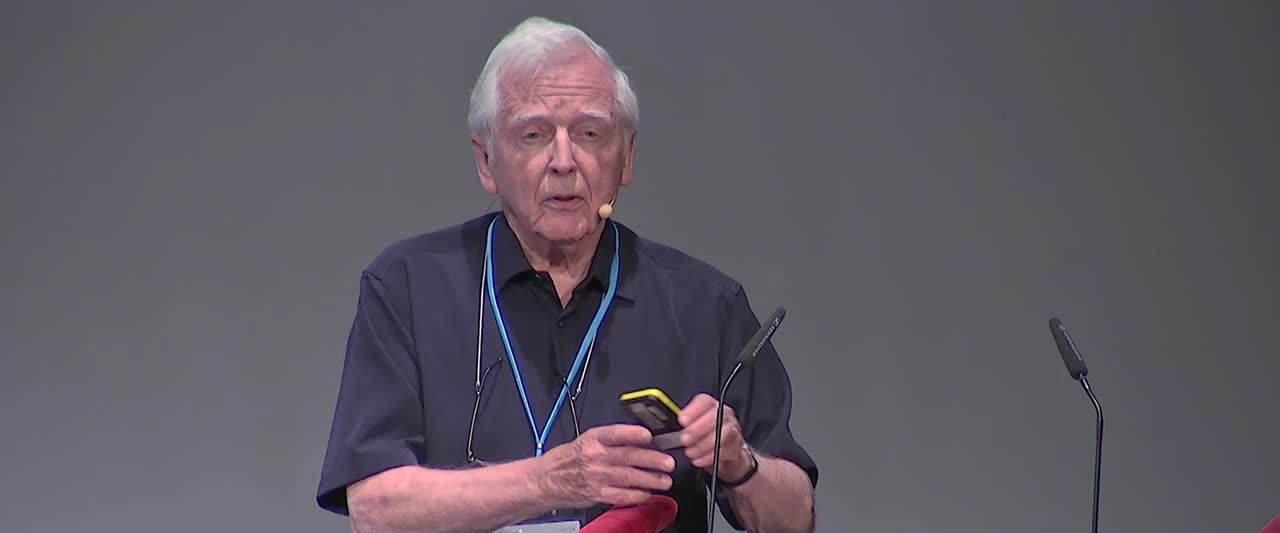
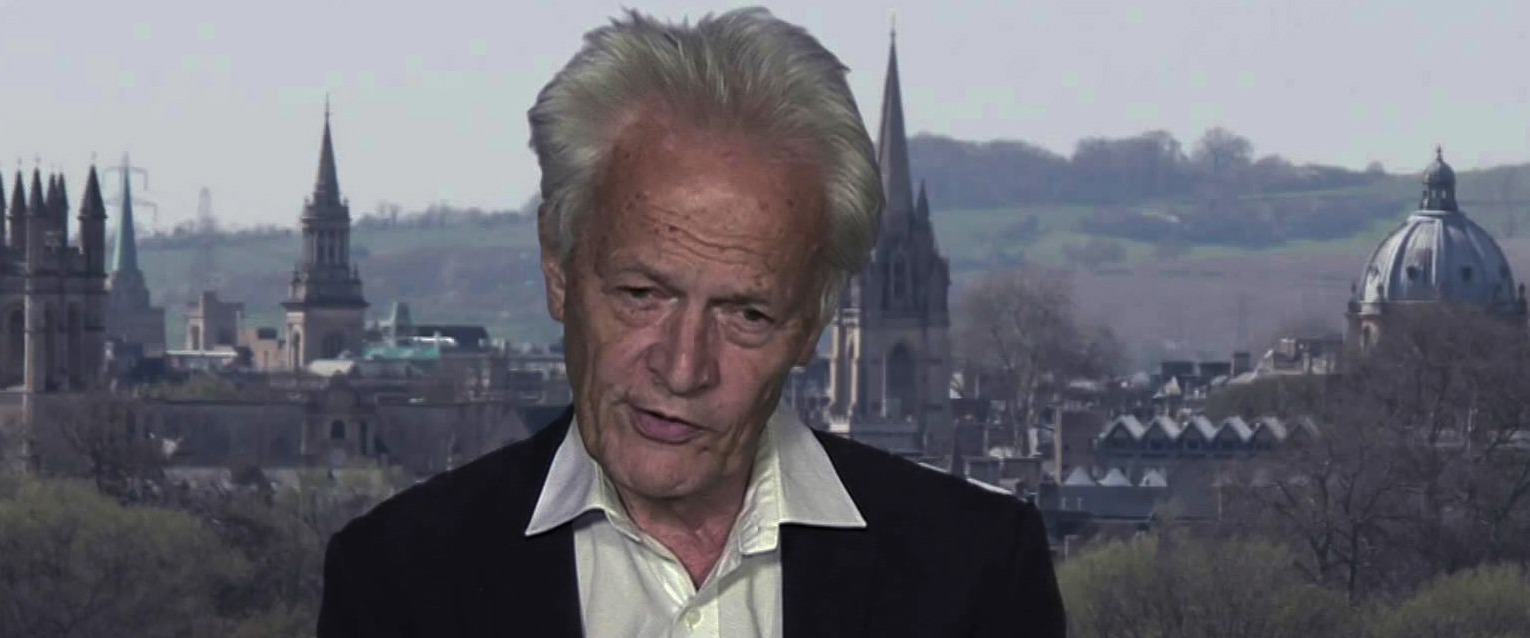

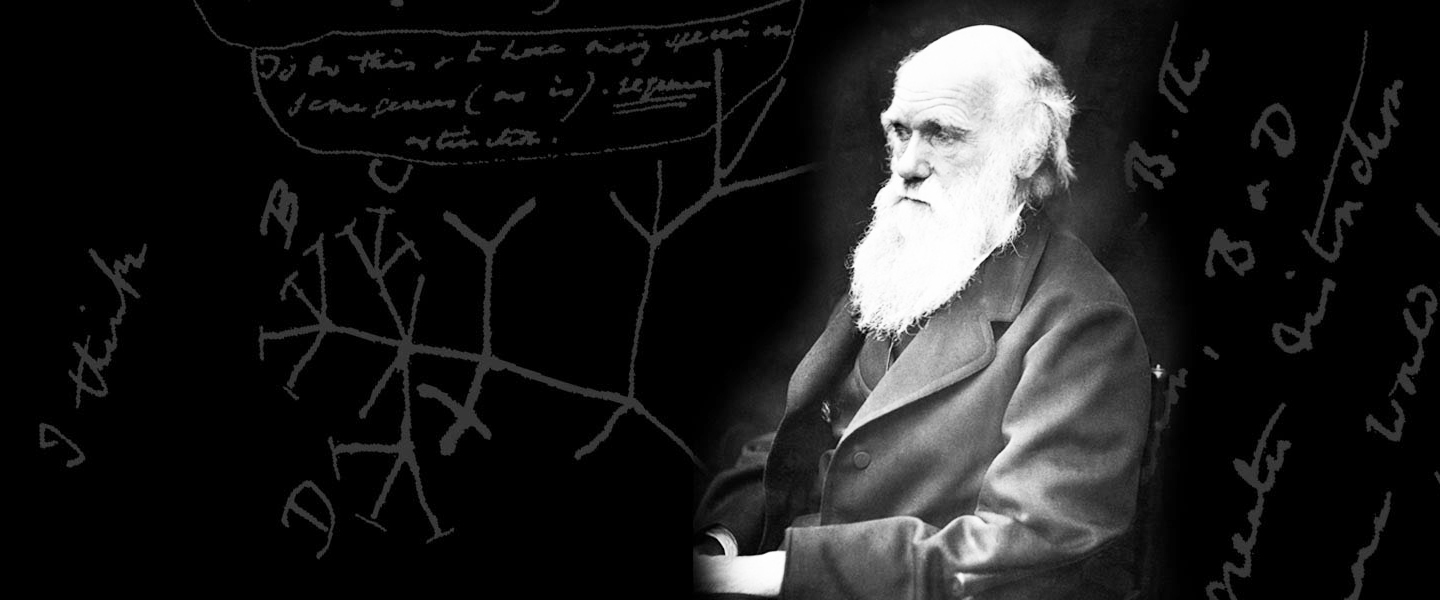



















 Articles
Articles